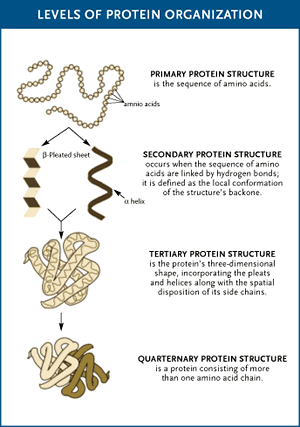This video was very informative and understandable. The points discussed were clear and the lay out of the diagrams and structures shown were easy to follow. In all it was a very in depth lecture. Here are just some key points to remember about glycolysis pathway.
Glycolysis is mainly the splitting of glucose (6 carbons) into 2 molecules of pyruvate which each has 3 carbons. There are 10 enzymes reactions. 3 are irreversible while 7 are reversible.
The 10 enzymes are hexokinase, phosphohexoseisomerase, phosphofructokinase-1, aldolase, triosephophatisomerase, glyceraldehyde 3-phosphate dehydrogenase, phosphoglycerate kinase, phosphoglycerate mutase, enolase and pyruvate kinase.
2 ATP and 2 NAD+ are consumed while 4 ATP and 2 NADH are mad. Hence the net gain is 2 ATP and 2 NADH.
Every cell has glucose transporters where glucose can enter or leave the cell freely. By phosphorylating the glucose it essentially traps glucose into the cell. Since glucose-6-phosphate has no transporters and thus cannot leave the cell.
Triose phosphate isomerase is described as a typically kinetically perfect enzyme.
All kinase enzymes require Mg2+as their cofactor since it stabilises the charge from the ATP molecule.
The oxidative reaction produces energy needed to add the inorganic phosphor molecule to glyceraldehyde-3-phosphate.
For glycolysis to continue NAD+ needs to be converted to NADH and H+. Thus, NAD+ I limited in the cell.
Cell can make ATP via oxidative phosphorylation in glycolysis.
1, 3-bisphosphoglycerate is a very high energy molecule which adds a phosphate group to ADP molecule to make ATP molecule.
Phosphoenol pyruvate has a lot of energy which is lost as heat.



